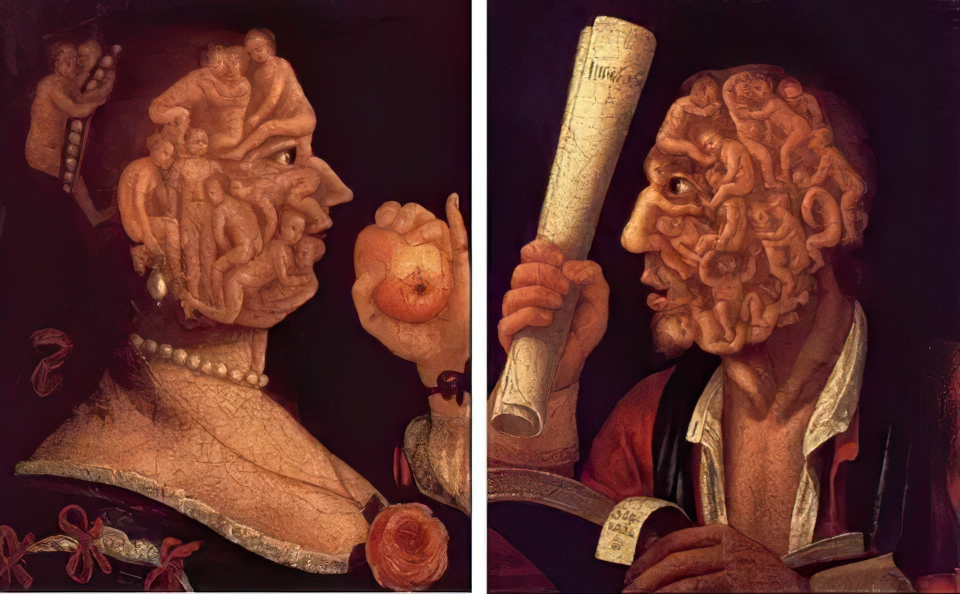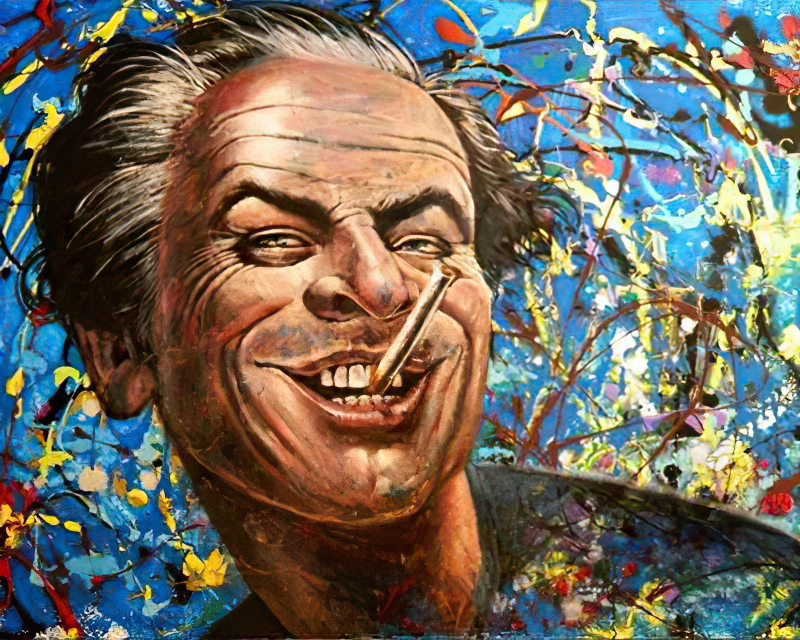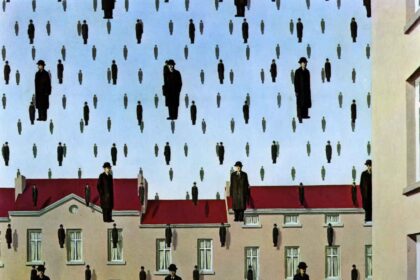Photography, the art of capturing moments frozen in time, has been an integral part of our lives for over a century. From black and white stills to vibrant digital images, this field constantly evolves, surprising us with its endless possibilities. Whether you’re an amateur with a smartphone or a professional with a state-of-the-art camera, photography never fails to amaze. Today, we embark on a delightful journey through some fun-filled and fascinating facts about this magnificent art form. So, grab your lenses and join us as we unveil the intriguing world of photography!
Table of Contents
- The Evolution of Photography: From Pinhole Cameras to High-Tech DSLRs
- Unveiling the Magic: How Cameras Capture Light and Create Images
- Photography as Time Travel: Exploring the First Ever Photographs
- Beyond the Visual: The Surprising Ways Photography Influences Our Lives
- Q&A
- In Retrospect

The Evolution of Photography: From Pinhole Cameras to High-Tech DSLRs
Photography has come a long way since its humble beginnings with pinhole cameras. These simple devices, consisting of a small hole in a lightproof box, allowed light to enter and capture an image on film or sensitized paper. While they might seem rudimentary by today’s standards, pinhole cameras played a crucial role in the development of photography as an art form. They laid the foundation for understanding light and the mechanics behind capturing a moment in time.
As technology progressed, cameras evolved into more advanced and versatile tools. The introduction of the first film camera by George Eastman in the late 1800s revolutionized the industry. Suddenly, photographers had the ability to capture multiple exposures and produce high-quality prints. Film cameras ushered in a new era of creativity and accessibility in the world of photography, allowing everyday individuals to document their lives more easily.
- Manual Controls: Unlike pinhole cameras, early film cameras incorporated adjustable aperture and shutter speed controls, enabling photographers to have greater control over the exposure settings and image quality.
- 35mm Film: The 35mm format, introduced in the 1930s, became hugely popular due to its compact size and versatility. It allowed photographers to experiment with different types of film and lenses, expanding the possibilities of their craft.
- SLR Cameras: In the 1950s, the Single Lens Reflex (SLR) camera was introduced, which allowed photographers to view the scene through the lens, providing a more accurate representation of the final image. This innovation revolutionized the way photographers composed and captured their shots.
However, the real game-changer in photography came with the advent of digital technology. Digital Single-Lens Reflex (DSLR) cameras emerged in the late 1990s, combining the benefits of SLR cameras with the convenience of digital image processing. Suddenly, photographers were able to review and delete photos instantly, dramatically reducing time and cost associated with film processing. DSLRs also offered unprecedented control over image settings and the ability to shoot in low-light conditions without compromising quality.
Today, DSLRs continue to evolve rapidly, incorporating cutting-edge features like high pixel counts, advanced autofocus systems, and built-in Wi-Fi capabilities. This allows photographers to instantly share their images with the world and explore new creative possibilities. The evolution of photography, from pinhole cameras to high-tech DSLRs, epitomizes the human desire to capture and preserve moments in time, pushing the boundaries of technological innovation along the way.

Unveiling the Magic: How Cameras Capture Light and Create Images

Photography as Time Travel: Exploring the First Ever Photographs
Welcome to the mesmerizing world of photography as time travel! Get ready to embark on a remarkable journey through history as we delve into the captivating realm of the first ever photographs. These masterpieces not only serve as a window to the past but also offer invaluable insights into the development and evolution of the art of photography. So, hop on board as we unravel the mysteries of these captivating glimpses into bygone eras.
1. The View from the Window at Le Gras (1826 or 1827) by Joseph Nicéphore Niépce: Widely considered the oldest surviving photograph, this enchanting black and white image takes us back to the early days of the medium. The scene captured is that of a courtyard, as seen from a high window of a French estate. Despite the long exposure time of several hours, the photograph manages to showcase intricate details, such as the architectural elements and the rays of sunlight filtering through the clouds. It is truly awe-inspiring to witness the birth of an artistic revolution with this pioneering photograph.
2. Taking a Break (1843) by John Edwin Mayall: By the mid-19th century, photography had come a long way in terms of technique and accessibility. This particular daguerreotype portrays a Victorian family in an everyday moment of leisure − a concept previously unimaginable in the art world. The image freezes a particular instant, allowing us to observe the fashion, expressions, and body language of the subjects. It reminds us that even in the past, people laughed, loved, and found joy in the simplest of things, just as we do today.
Witnessing these first ever photographs enables us to appreciate the immense advancements that photography has achieved over the years. From the arduous process of capturing an image to the convenience of today’s high-tech cameras, the journey of photography has truly been transformative.
So, put on your virtual time-traveling goggles and join us in exploring the magic and wonder of the beginning of this incredible art form. Let these glimpses into the past ignite your curiosity and inspire you to capture your own moments, preserving them as timeless memories for future generations to uncover.

Beyond the Visual: The Surprising Ways Photography Influences Our Lives
Photography is not just about capturing beautiful images; it goes beyond the visual realm and influences our lives in surprising ways. From memories and self-expression to social change and communication, photography has become an integral part of our daily lives.
One of the most powerful ways in which photography impacts our lives is through its ability to evoke emotions and preserve memories. Each photograph captures a moment in time, freezing it forever. Whether it’s a candid shot of a loved one or a breathtaking landscape, these images have the power to transport us back to the exact moment they were taken, triggering a rush of emotions and memories. In this digital age, photographs also serve as a visual diary, allowing us to document and share our experiences with others, both near and far.
- Self-expression: Photography gives individuals a platform to express themselves creatively. Through carefully composed images, photographers can convey their thoughts, beliefs, and emotions, while capturing the essence of their subjects.
- Social change: Photographs have been instrumental in bringing awareness to social issues and sparking change. Powerful images have documented historical events, human rights abuses, and environmental crises, urging viewers to take action and make a difference.
In Summary
And there you have it, a collection of fascinating and fun facts about photography! We hope this article has shed some light on the rich history and the incredible technological advancements in the world of capturing images. From the earliest pinhole cameras to the remarkable lenses and sensors of today, photography has undoubtedly come a long way.
Next time you snap a picture or admire a stunning photograph, take a moment to appreciate the intricate process and the artistry behind it. Remember that photography allows us to freeze special moments, capture the beauty of the world, and preserve memories for generations to come.
Whether you’re a professional photographer, an amateur enthusiast, or simply someone who loves to capture life’s precious moments, photography is a medium that continues to inspire and amaze. So grab your camera, experiment with new techniques, and continue to explore this captivating world of visual storytelling.
We hope you’ve enjoyed these fun facts and have gained a greater appreciation for the art of photography. Stay curious and keep exploring the endless possibilities that this incredible form of expression has to offer. Happy snapping!
















